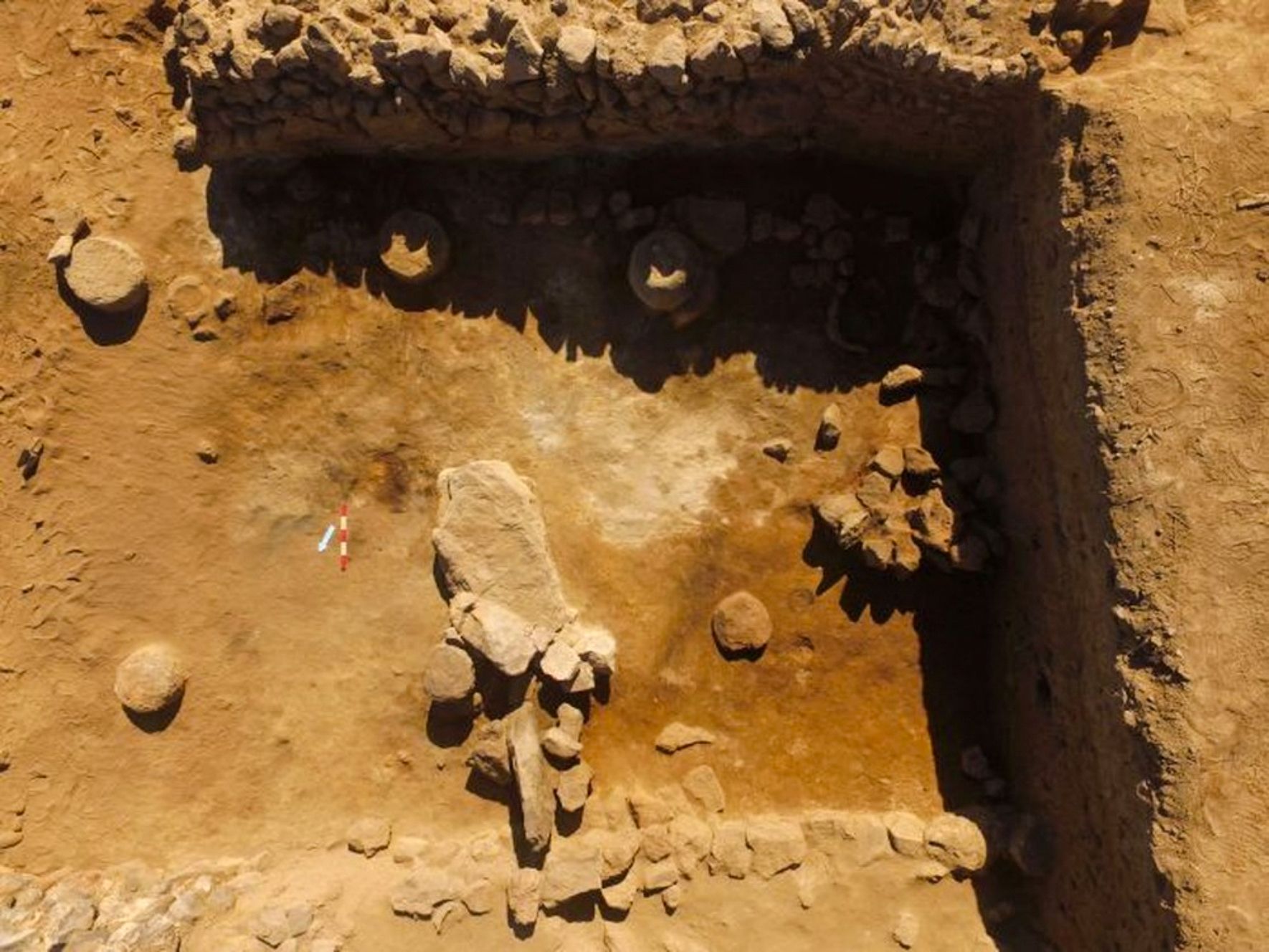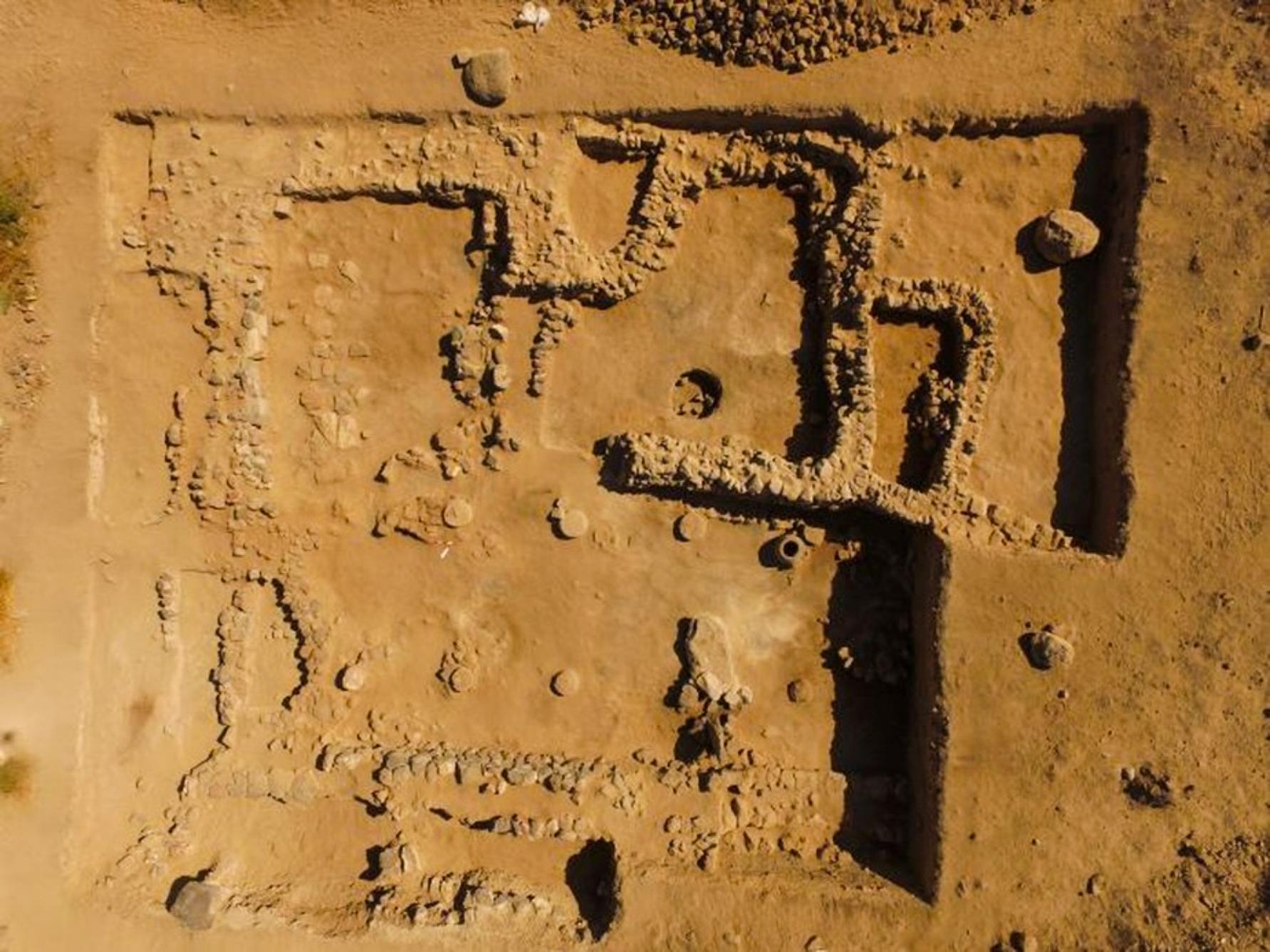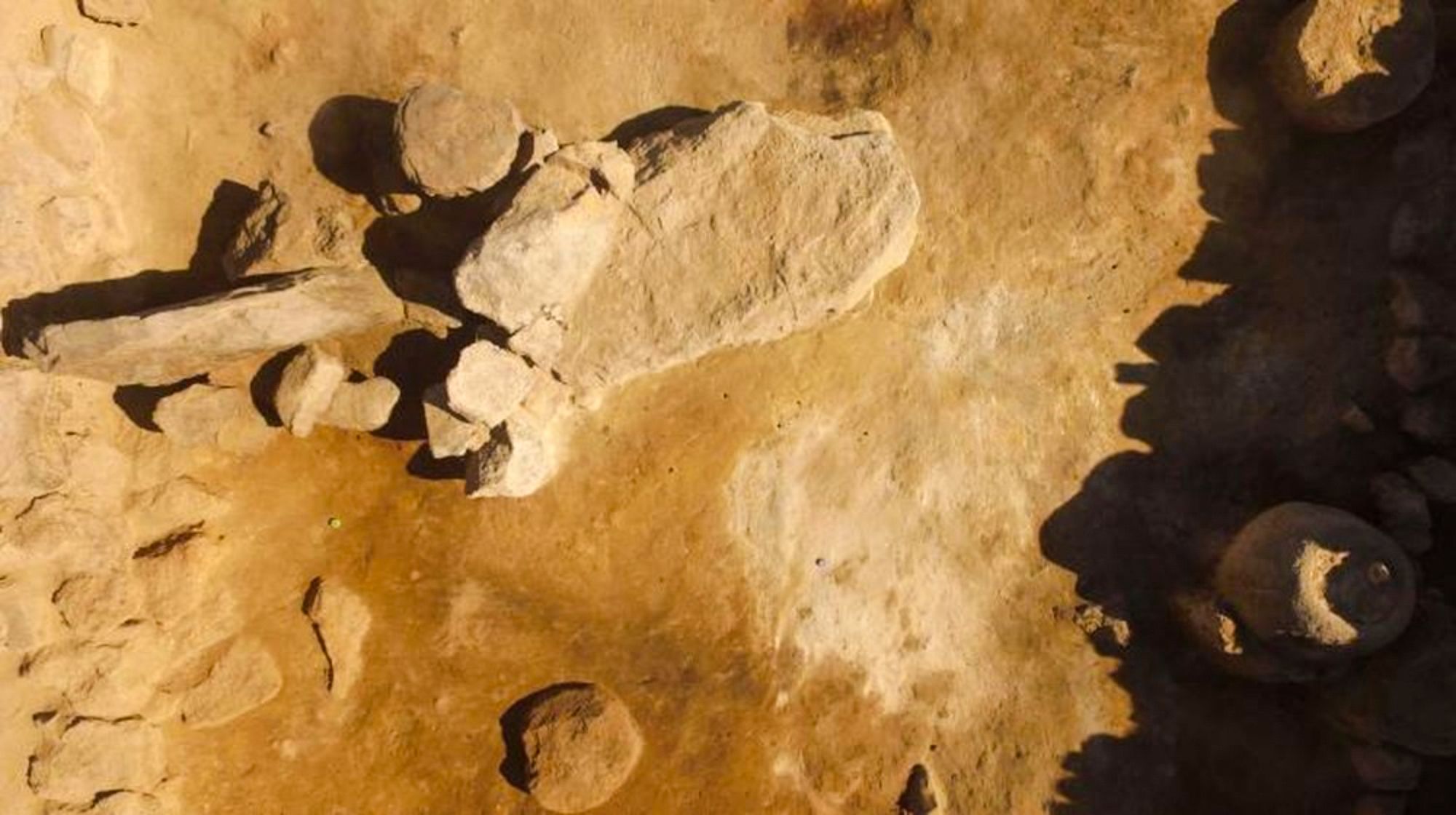Piles of a mysterious white, powdery substance found inside the ruins of a 3,000-year-old building in Armenia are a culinary historian’s dream – the remnants of ancient flour.

A Polish-Armenian team of archaeologists made the discovery while working at an archaeological site in the town of Metsamor, in western Armenia, last October. Upon identifying the flour and excavating several furnaces, the team realized that the ancient structure once served as a large bakery, which was at some point destroyed in a fire.
Archaeologists began the excavation to learn more about the giant, walled settlement’s legacy during the Urartu Kingdom of the Iron Age. Focusing on the architectural remains of a burned building that was in use in the Lower City from around 1200–1000 BC, they identified “two rows of a total of 18 wooden columns supporting a reed roof with wooden beams,” according to a release by Poland’s Science for Society.

All that remained were the stone bases from the building’s columns, and singed fragments of its beams and roofing. While the structure was originally constructed to serve as storage, researchers say there is evidence that several furnaces were added later.
Within those collapsed remnants, the team spotted a wide, inch-thick coating of white dust. At first they assumed it was ash, but under the leadership of Professor Kryzstztof Jakubiak, the team used a floatation process to wet the mystery powder and determine its true makeup.

After conducting a chemical analysis, the team determined that the substance was wheat flour used to bake bread. They estimated that, at one time, approximately 3.5 tons (3.2 metric tons) of flour would have been stored inside the 82-by-82-foot (25 by 25 meters) building. Researchers estimate that the bakery was operational between the 11th and 9th centuries BC during the early Iron Age.
“This is one of the oldest known structures of its kind in Metsamor,” Jakubiak said. “Because the structure’s roof collapsed during a fire, it shielded everything, and luckily, the flour survived. It’s astounding; under normal circumstances, everything should be burned and gone entirely.”
Before the building became a bakery, Jakubiak said, it was possibly “used for ceremonies or meetings, and then was turned into storage.” Though the flour that was found isn’t edible at this point, long ago the site once held 7,000 pounds of the staple ingredient, pointing to a bakery built for mass production.
Although not much is known about Metsamor’s ancient inhabitants, since they didn’t have a written language, researchers do know that the fortified city became part of the biblical kingdom of Urarat (also spelled Urartu) after being conquered by King Argishti I in the 8th century BC. Prior to this, it would have covered 247 acres (100 hectares) and was once “surrounded by temple complexes with seven sanctuaries,” according to Science in Poland.
Archaeologists have discovered similar bakeries around the region, but as Jakubiak noted in the official release, Metsamor’s is now one of the oldest found in the southern and eastern Caucasus.




